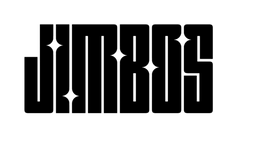Blackline Clay Towel Review – Is It Safer Than a Traditional Clay Bar?
Clay towels have become a faster alternative to traditional clay bars—but are they just as safe? We tested Blackline’s Clay Towel to find out how it stacks up.
In this review, you’ll get a full breakdown of the Blackline Clay Towel’s performance, safety on paint, ease of use, and whether there’s a better alternative.
What Is the Blackline Clay Towel?
The Blackline Clay Towel uses a synthetic rubberized polymer surface bonded to a microfiber towel. The goal: remove bonded contaminants (like tree sap, brake dust, and overspray) faster than traditional clay bars.
- ✅ Washable and reusable
- ✅ Covers large areas faster
- ❌ No published grit rating
- ❌ May cause marring on soft or dark paint
How It Performed in Testing
We tested the towel on a black test hood after foaming with The Super Soaper. Here’s what we found:
- Cleaning Power: It removed embedded grit quickly—comparable to medium-grade clay
- Finish Quality: Left visible marring on soft black paint (required polishing afterward)
- Ease of Use: Fast, but required constant lubrication to avoid drag
Pro Tip: Always lubricate thoroughly and use light pressure. Clay towels can mar more easily than traditional bars when misused.
Is There a Better Alternative?
We recommend using a traditional clay bar on delicate paint or switching to a high-lubricity pre-soak and foam process to reduce the need for aggressive claying.
Follow up with Tough As Shell to protect your freshly decontaminated surface with ceramic protection.
More Clay Bar Tips
Don’t Skip the Lubrication
The Blackline Clay Towel works—but only with proper lubrication. The Super Soaper gives you the slip you need to avoid marring and prep the surface for your next step.



